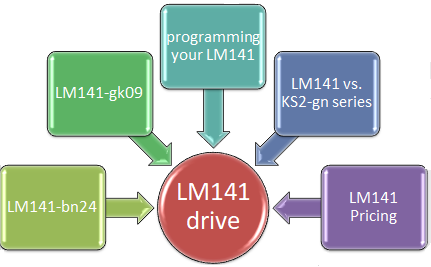Your cart is currently empty!

Content Clusters
What are content clusters? A content cluster is a group of articles, posts, or pages designed to promote a single page for a designated keyword or keyword phrase. It’s an SEO technique that establishes rankings and thought leadership for your website’s important keywords.
The concept of content clusters is simple. You create strong cornerstone content for an important keyword, develop strong content for related keywords, and link the related keywords to your cornerstone content.
1. Choose a keyword
Choose a keyword that’s important for your website. Use tools like Google Trends or Google Ads Keyword Planner to identify the keywords that people search for when they need your goods and services.
2. Identify similar keywords
Choose related keywords based on your target customers and their path to purchase. If your clinic offer Sports Medicine, you might choose “sports medicine for athletes,” “sports physicals,” and “sports medicine doctor.”
3. Create cornerstone content
Write and publish your cornerstone content. This should be your most useful page for your desired keyword. It should also be your best written content. Use the Yoast SEO plugin to help you with this. If you check “cornerstone content,” Yoast will prompt you to make this post longer and to avoid using the same keyword again in the future.

4. Identify existing content
Map the related keywords to your existing content — you may already have posts for some of those terms. You may need to update these posts, add keywords, or optimize them for search. It makes sense to use the posts you already have, though. They may already be showing up well in search.
5. Create new content
Optimize existing content and write new posts as needed. While you should take advantage of your existing content whenever possible, the content you need to bolster your content clusters may not exist yet.
6. Link to your cornerstone content
Link spoke (contributing) content to the hub (cornerstone) content. Use that important keyword as the anchor text when you link the posts. Make sure your keyword sounds natural when you create your link. Note that you can’t link to content until it’s published. That’s one reason it’s important to publish your cornerstone content back in step three.
7. Plan your content calendar
Schedule new spoke content out. You could publish a dozen posts at once, but it’s more effective to publish fresh content on a regular basis. Your content cluster will be more effective if it appears in a series of related posts. We use a tool called Edit Flow to schedule content visibly on a calendar.
8. Find your baseline
Find your baseline rankings using tools like ManageWP or another rank checking tool. The important thing is to use the same tool, so you can see the improvement over time. Don’t compare apples to orangutans.
9. Track your progress
Monitor your rankings. You want to see a steady rise in your rankings. Keeping track will help you know where you should allocate resources and when you’re ready to add another Content Cluster.
10. Keep going
Keep working on it! Update and improve your content, request links, and share via social media and other platforms. All effective SEO work is a marathon, not a sprint. Give your content time to move up.
Haden Interactive can help
You may not have time to identify your most important keywords or build up your content clusters. That’s understandable; it’s not your job. It’s our job. We provide content marketing services for doctors, medical clinics, and health and wellness professionals.
We can perform an evaluation and build a custom SEO strategy document for your website. This points you in the right direction for your content marketing efforts, or you can outsource content marketing entirely to us.
Download the slides from Rebecca’s WordCamp Fayetteville 2018 presentation on content clusters:
by
Tags:

Leave a Reply